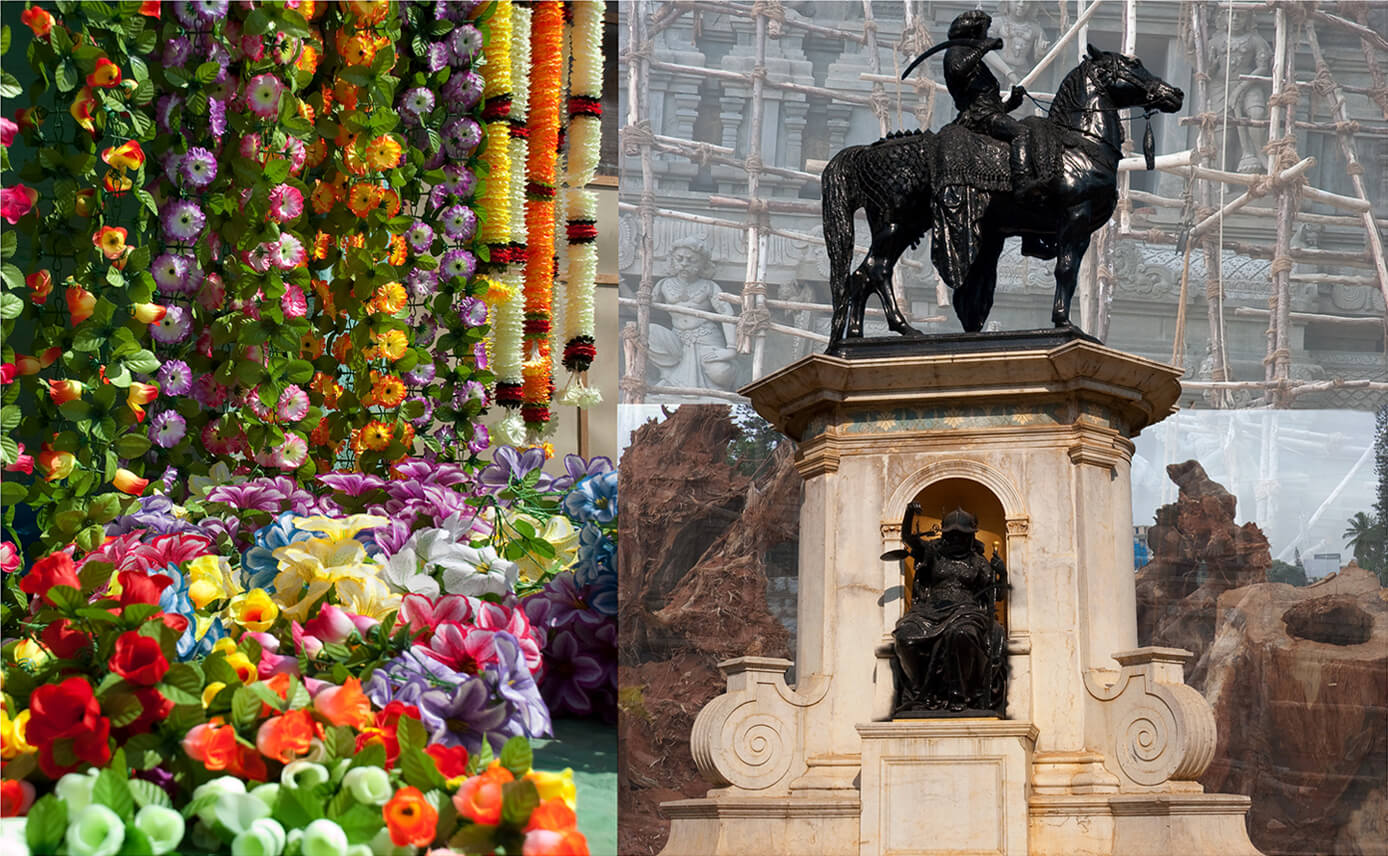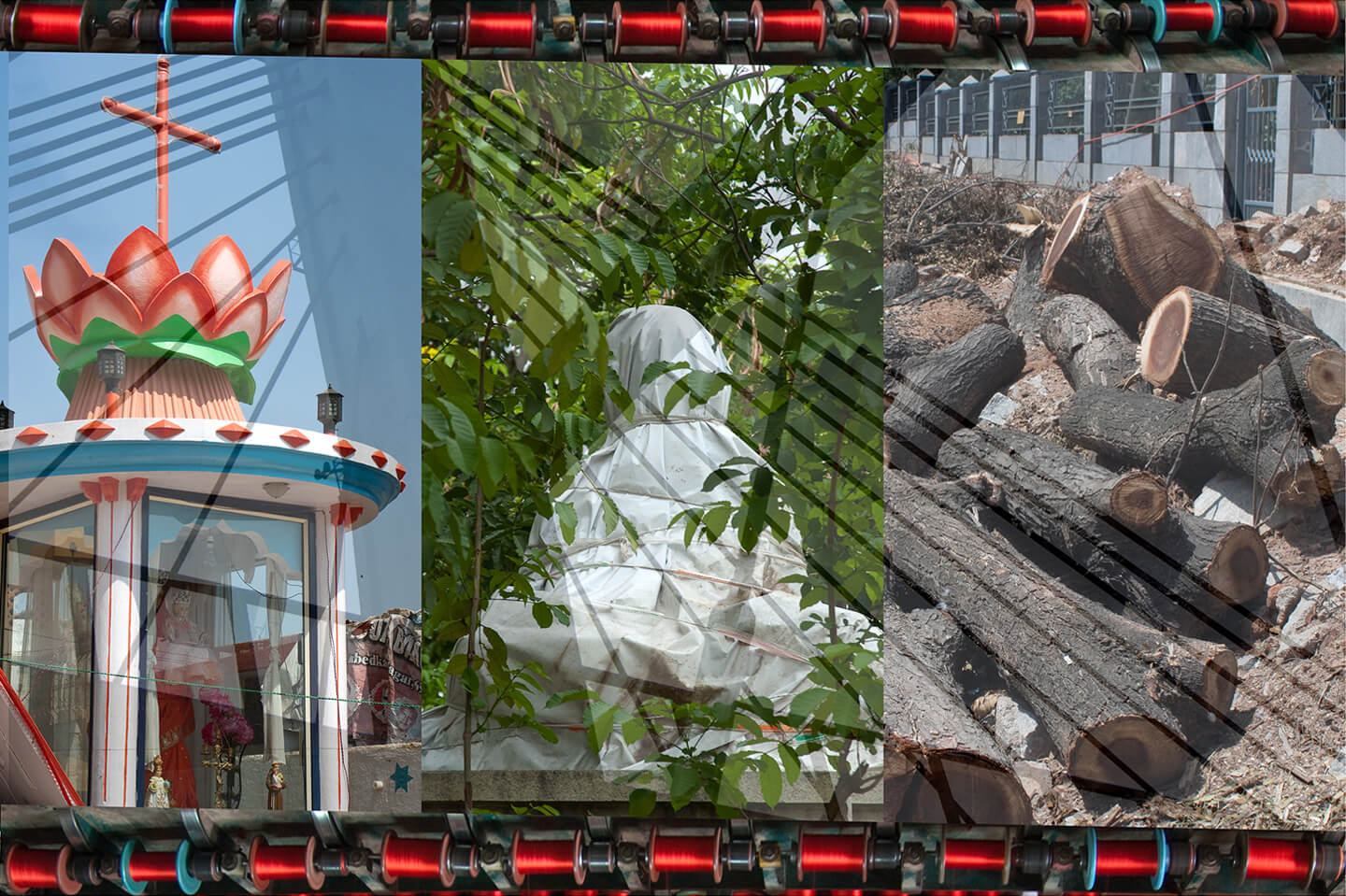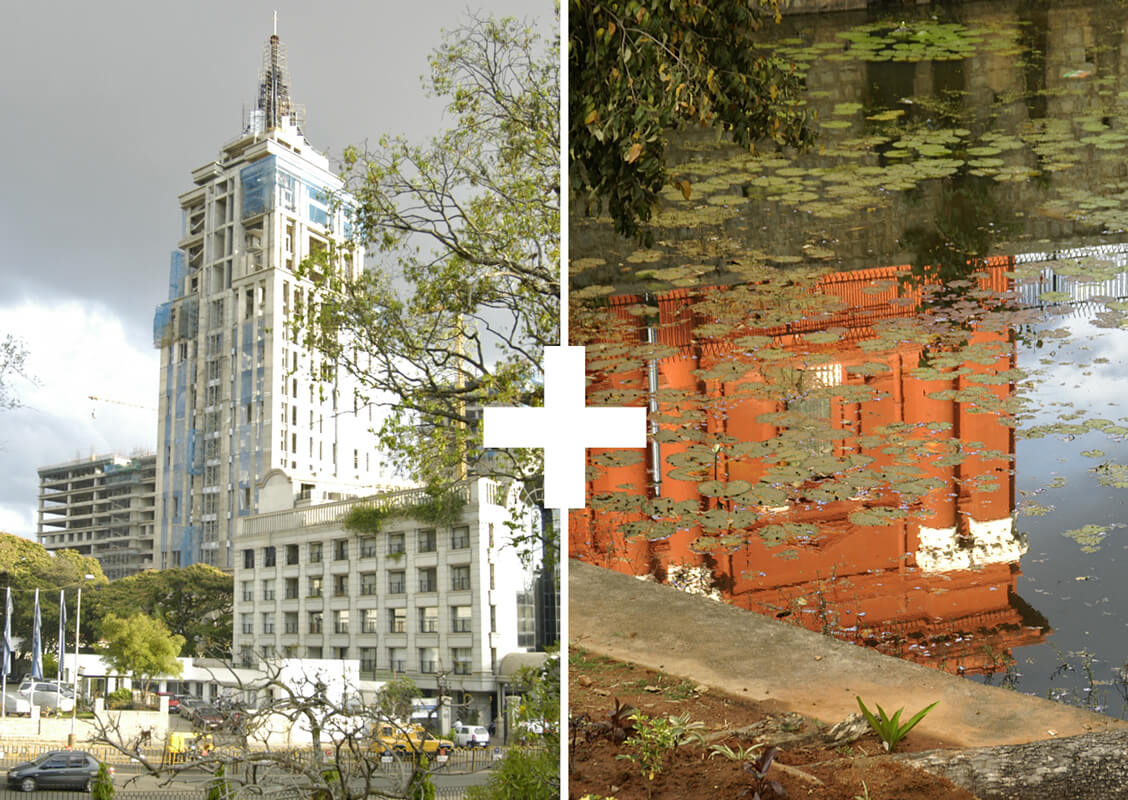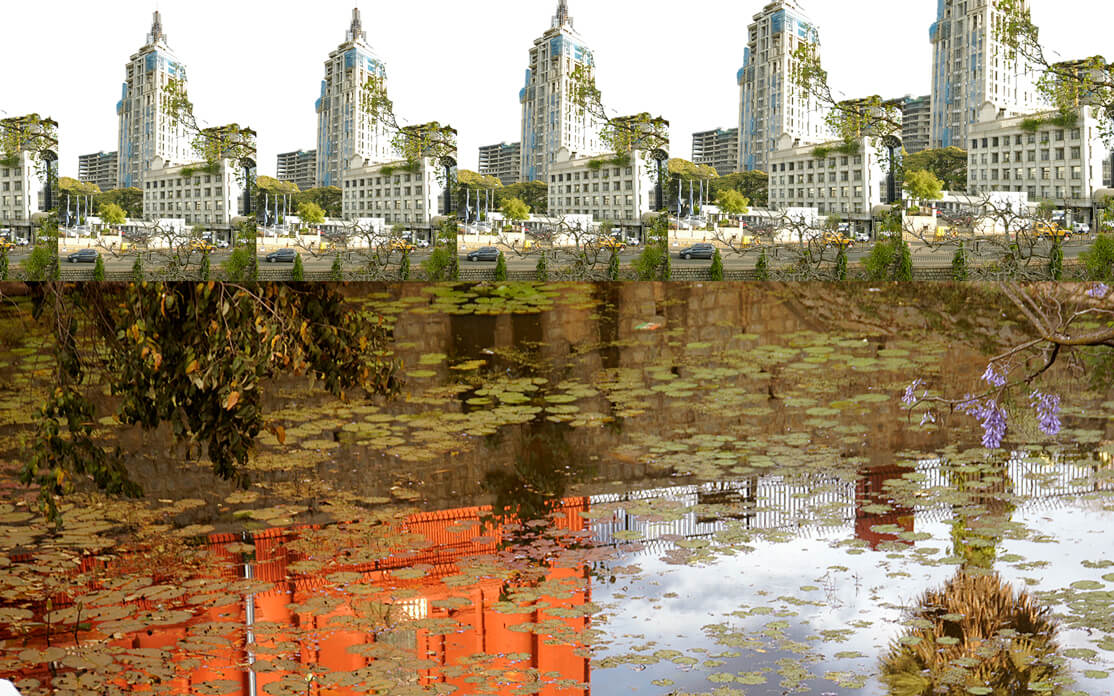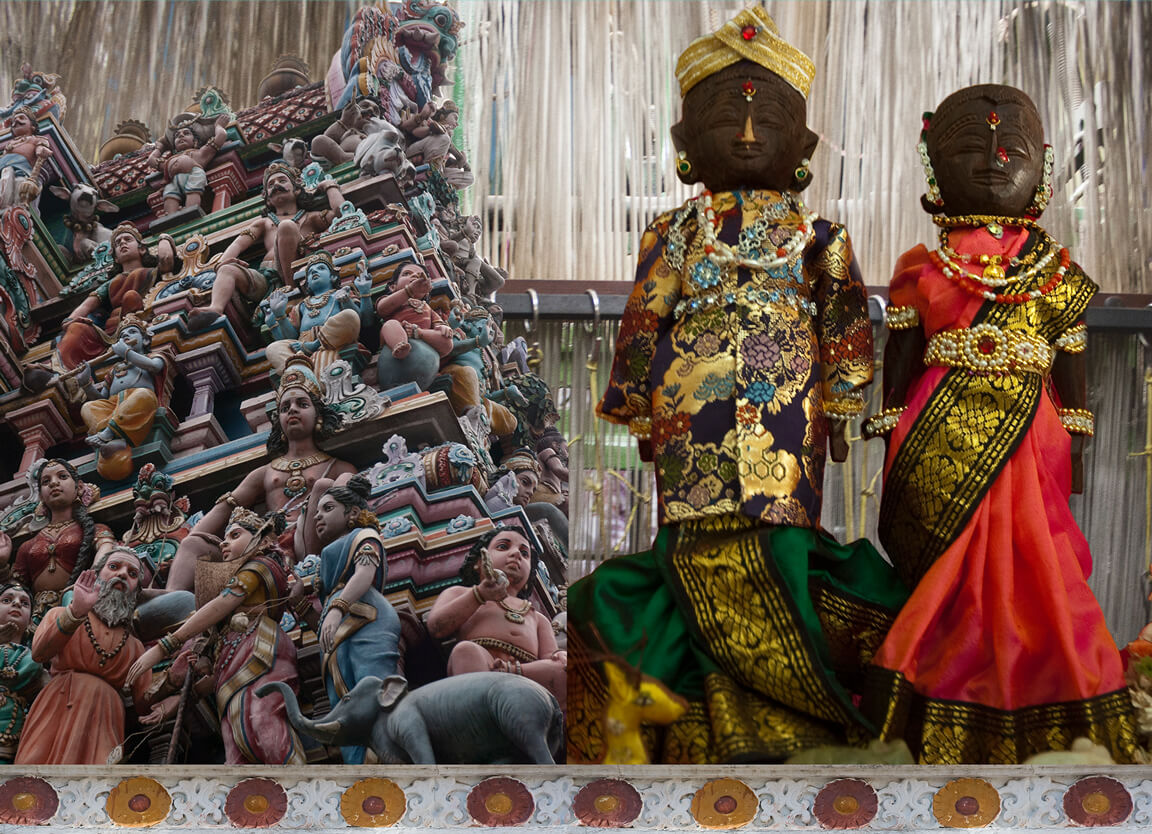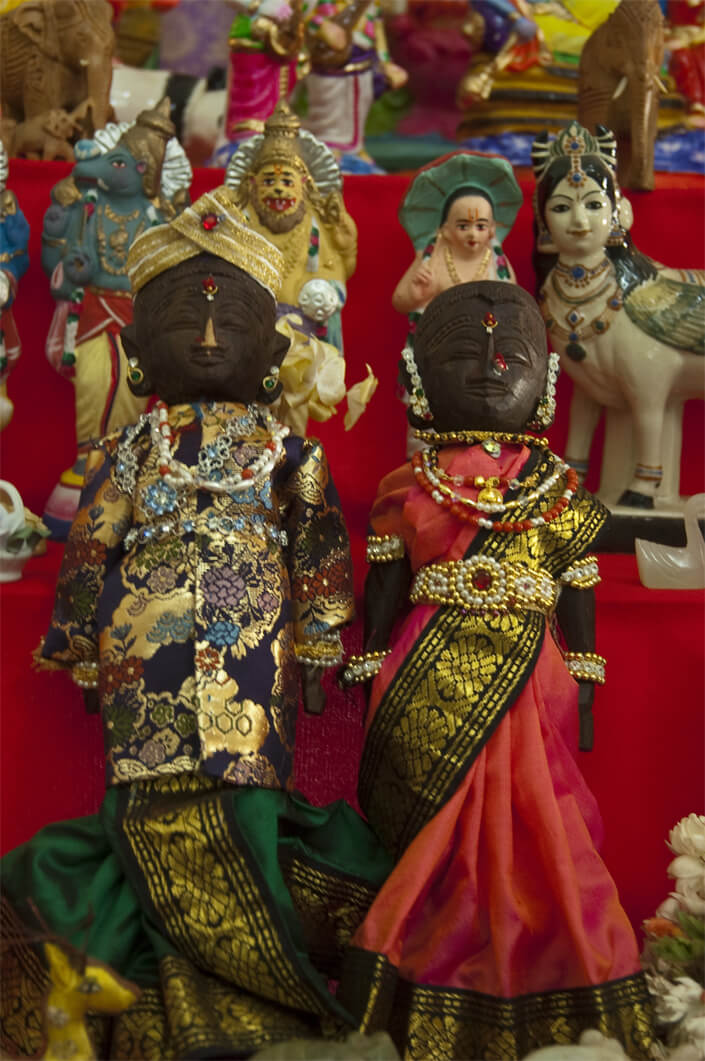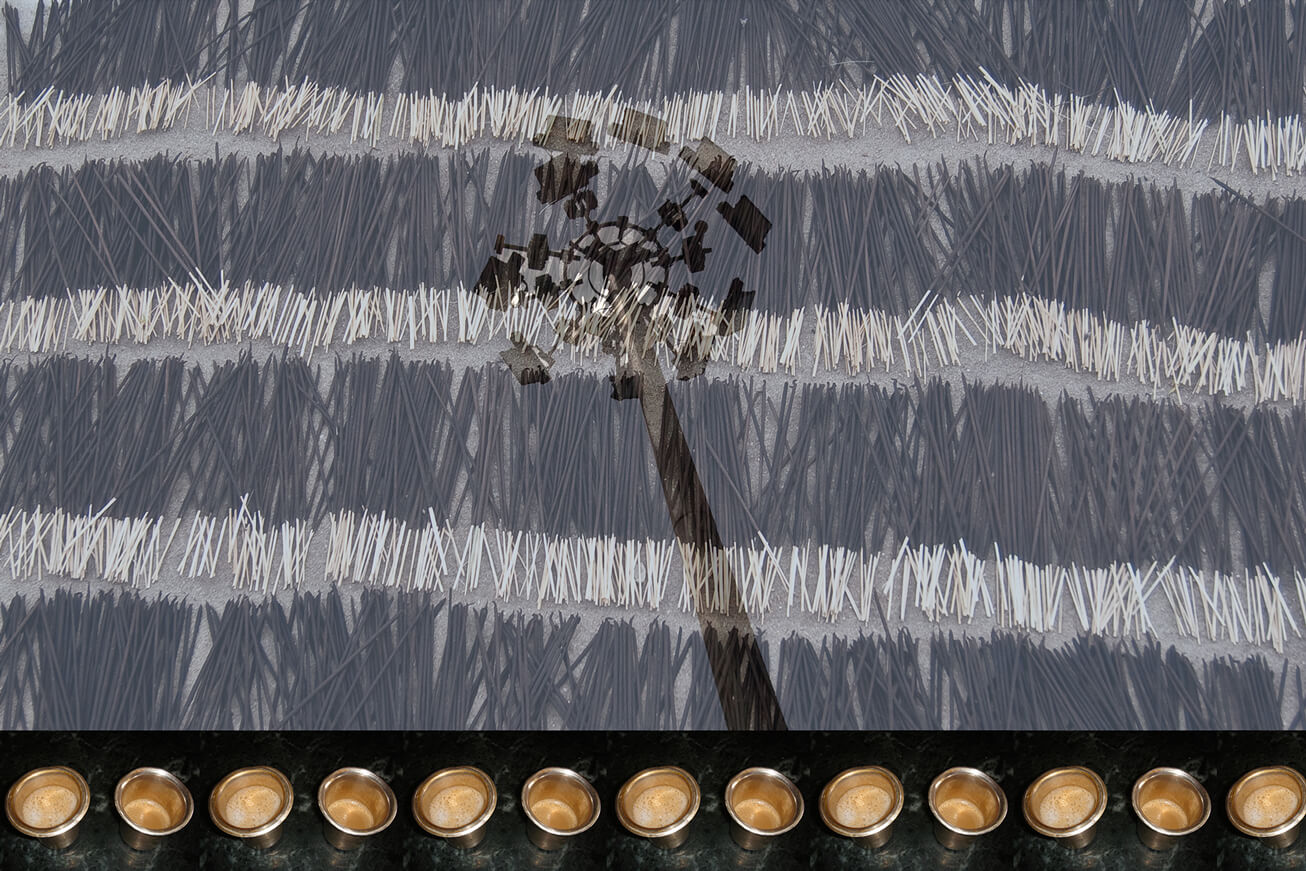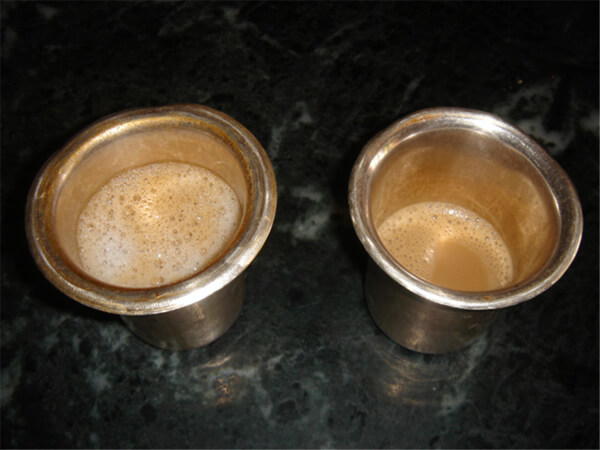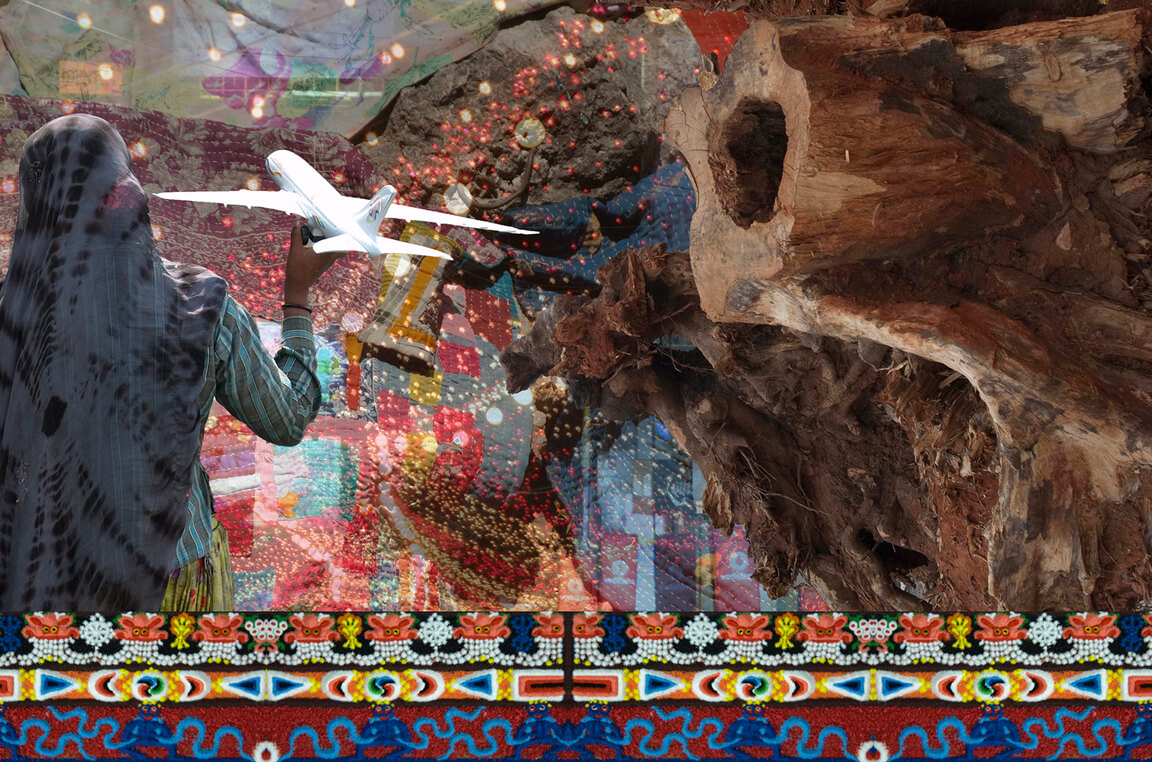Shanthamani M
Past ContinuousA story often shared about Bangalore is that it made history in 1905, when it became the first city in Asia to have streetlights. Having had access to electricity earlier than other parts of Asia was perhaps a harbinger of the tech hub Bangalore has become today.
Phone Interview
17-05-2021
People referenced:
Manjunatha, Principal and Professor at an engineering college, Bangalore; Vijaya, electrical engineer, BESCOM (Bangalore Electricity Supply Company Limited); Grandfather, electrical engineer, Karnataka Power Transmission Corporation, retired in 1996.
When did electricity come to Bangalore and how?
Manjunatha - Without electricity..it is totally impossible to do anything..first it (electricity) came to K.G.F (Kolar Gold Fields) from Shivanasamudra..we have voltage, current and frequency, in Bangalore it is 50 cycles per second..in United States it is 65 cycles..during that time (1900s)..everything was designed for 25 cycles per second...we later designed our own machines that converted 25 to 50 cycles.
Phone Interview
Why do so many people study electrical engineering?
Manjunatha - During our time (1979-early 1980s)..only 2 branches were there, mechanical and electrical, me and Vijaya didn’t get a good score and had to settle for electrical..it is only later we had interest, your tatagaru (grandfather)..was skilled..that time (probably 1950s) in electrical, people would directly do the work..labour..ours (Vijaya and mine) is only supervising.
Phone Interview
How did the electricity change? What is the difference between how you work and my grandfather worked with electricity?
Manjunatha - Your grandfather had practical skills, he knew how to work, how to transport, assemble machines for electricity..we now are into innovation and research..we work with different stages of electricity. If you take anything outside Bangalore, scope and exposure is more in Bangalore..we have new technology, new research, water, space and knowledge for electricity is there..so we started growing very fast.
As narrated in a Helava folk tale, Magadi Kempe Gowda, a labourer in the fields who rose to become the chieftain and founder of Bengaluru, asked a woman in a small village for “a mouthful of rice”. The old woman did not have any rice to share but offered instead a plate of boiled beans. The tale collapses two identities into one, Kempe Gowda of Yelahanka, believed to be the founder of the city, and Kempe Gowda of Magadi, who lived much later.
In another version of this story, it is a king of the Hoysala dynasty, who, hungry after having been out hunting, comes across an old lady offering him a plate of boiled beans and water, bendha kalu, which then became Bengaluru. However, even this story throws up one issue: the name Bengaluru was already around long before the name Hoysala.
Interpretations of the Kannada word Bengaluru include the land of burnt forests, bende -kaadu-uru (shortened to benkaduru), city of guards, bengavala-luru and city of Venkataraman, benkat-uru. All of these terms were associated with Kempe Gowda of Yelhanka's actions in the city.
In the streets of Bangalore, we hear Kannada, Telugu, Tamil, Malayalam, English, Tullu, Marathi and Hindi. And while Bangalore is not the city of famous archeological sites, ruins, forts and palaces (apart from one), it seems to be a melting pot of religions, festivals, cuisines and communities. In 2008, in the introduction to the book MMultiple CityM, writer Aditi De recalls that some locals joke about how tourists might not get much out of the city except “two rambling gardens and a crumbling palace”.
At the heart of the city, next to Cubbon Park, lies a network of museums and galleries, the earliest of which dates to the 19th century. Amidst this landscape and in front of the Visvesvaraya Museum stands UB City, amongst the taller skyscrapers in Bangalore, that houses luxury retail stores, apartments and restaurants. A nine-minute walk from UB city towards Kasturba road will take you to the Venkatappa Art Gallery and Government Museum, situated in close proximity to each other. In fact, the red-brick building that is reflected in the moat is the exterior of the Government Museum. The coexistence of such structures show us how the city’s landscape amalgamates historical and cultural institutions with centres of commerce.
Every year, families in Bangalore look forward to dressing, decorating and appreciating dolls (gombe habba or festival of dolls) during the lunar months of the Hindu festival Dussehra. Women narrate mythical and personal stories to children, display their creativity and devotion, and exchange ideas of making with their family and neighbours. Wooden dolls like that of the historic Mysore Wadiyar king and queen were often passed down between generations of women.
Processions, advertising billboards and vehicles such as trucks contributed to the cosmopolitan nature of most cities in India. The advertisement on the billboard in the background shows us an image of a woman in a flowing black dress by the Deccan Chronicle. While the Deccan Chronicle provided newspapers to the “young minds” of south India, the Hindu god Hanuman became popularised as part of auto rickshaws, street corners and festival processions in Bangalore.
The streetsides of Chamrajpete are often dotted with incense sticks or agarbattis made from bamboo sticks, commonly used in Indian households and places of worship. Overlaying this is an image of towering flood lights that illuminate various traffic junctions in and around the city. And, at the bottom, silver cups containing filter coffee from MTR (Mavalli Tiffin Room), a staple Bangalore restaurant and one of the oldest in the city.
Local names are often ingrained in the names of eateries in Bangalore. Lal Bagh fort road was called Mavalli and Parameshwara Maiya who started the little shop in 1924 changed its name to Mavalli Tiffin Room in the 1960s. The special coffee in MTR was served in silver cups, without a spoon so that the spoon wouldn't scratch the silver. Instead they would provide two cups for people to cool the coffee down.
Today, filter coffee can be had any time of the day and in MTR, it is served with staple food like soft idlis and bisi bele bath. The coffee “decoction” is run through a metal filter. People drink it with two cups so that they can hold the very hot coffee by the rim and then transfer it between the cups while the coffee froths.
Night lights of Brigade road layered with mandalas, embroidered quilts by Siddhi women, Kawandi and Kaudi quilts for babies and felled trees tell us about the “built heritage” and the “ecological heritage” of the city. Shanthamani’s intervention as a local artist brings us back to the questions of co-existence.
Shanthamani indirectly shows us the impact of development with the image of a woman holding a toy aeroplane, perhaps sold at traffic signals to people who are departing from the city. Again, we ask what makes a city? What does local or being a local mean? What does it mean to belong in a place while departing from another?
Shanthamani M
Shanthamani M lives and works in Bengaluru, India. She completed her graduation and post-graduation in Fine Arts from Mysore and MS University before commencing on her career as an artist. She has exhibited her works, both solo and in group, in Bangalore, Bombay, London, Miami, New Delhi, Singapore and other cities.
Statement by the artist
These video clips are of many traditional skills in and around Bangalore that were documented between 2006 and 2008. The documentation was a spontaneous idea as we went from place to place, and the camera became a tool for our reference and understanding. These moving images depict the reality of people and their skills, life that crawls on as the fast lane of urban development builds a software hub at unimaginable speeds.
Resources
The books Multiple Cities, edited by Aditi De, Discovering Bengaluru by Meera Iyer and Society in Miniature: Dasara Doll Displays by Annapurna Garimella have been great resources for this exhibition. Most terms in Kannada are taken from Discovering Bengaluru for consistency.
Bengaluru/Bangalore
We have used the name of the city, Bangalore instead of Bengaluru as the montages by Shanthamani were originally documented when the city was called Bangalore. The exhibition doesn't intend to define what constitutes Bangalore but instead asks questions about what it means to be a local with Shanthamani's montages. Many people who have worked on this exhibition have different degrees of connections to this city.
Credits
We are grateful to the artist Shanthamani M for allowing us to show her work in this exhibition. This exhibition was curated by the MAP Team (Arnika Ahldag, Vaishnavi Kambadur, Riya Kumar, Tanveer Qureshi)
Photomontages editor: Raja
Inclusion Manager: Kunal Mehta, MAP
Graphic Design: Siva Kumar and Rajat Kumar
Digital Exhibition Development: Kavita Jhunjhunwala, MAP and Sukanta Dutta, Suresh Das, Mass Software Solutions India
Communications: Priscilla Roxburgh, Krittika Kumari, Mallika Dabke, Shreya Saxena, MAP
Programming: Shilpa Vijayakrishnan and Shruti Rao, MAP
Site Visit: Archana Hande, Suresh Jayaram, Lalitha Shankar and Shanthamani M
Dommasandra site visit coordination: Suresh Kumar
Camera: Archana Hande and Shanthamani M
Video Editing: Raja and Shanthamani M
We also thank everybody who has been contributing with their narratives about the city of Bangalore - Prof. Dr. A. Manjunatha, Kunal Mehta and Shruti Rao.

